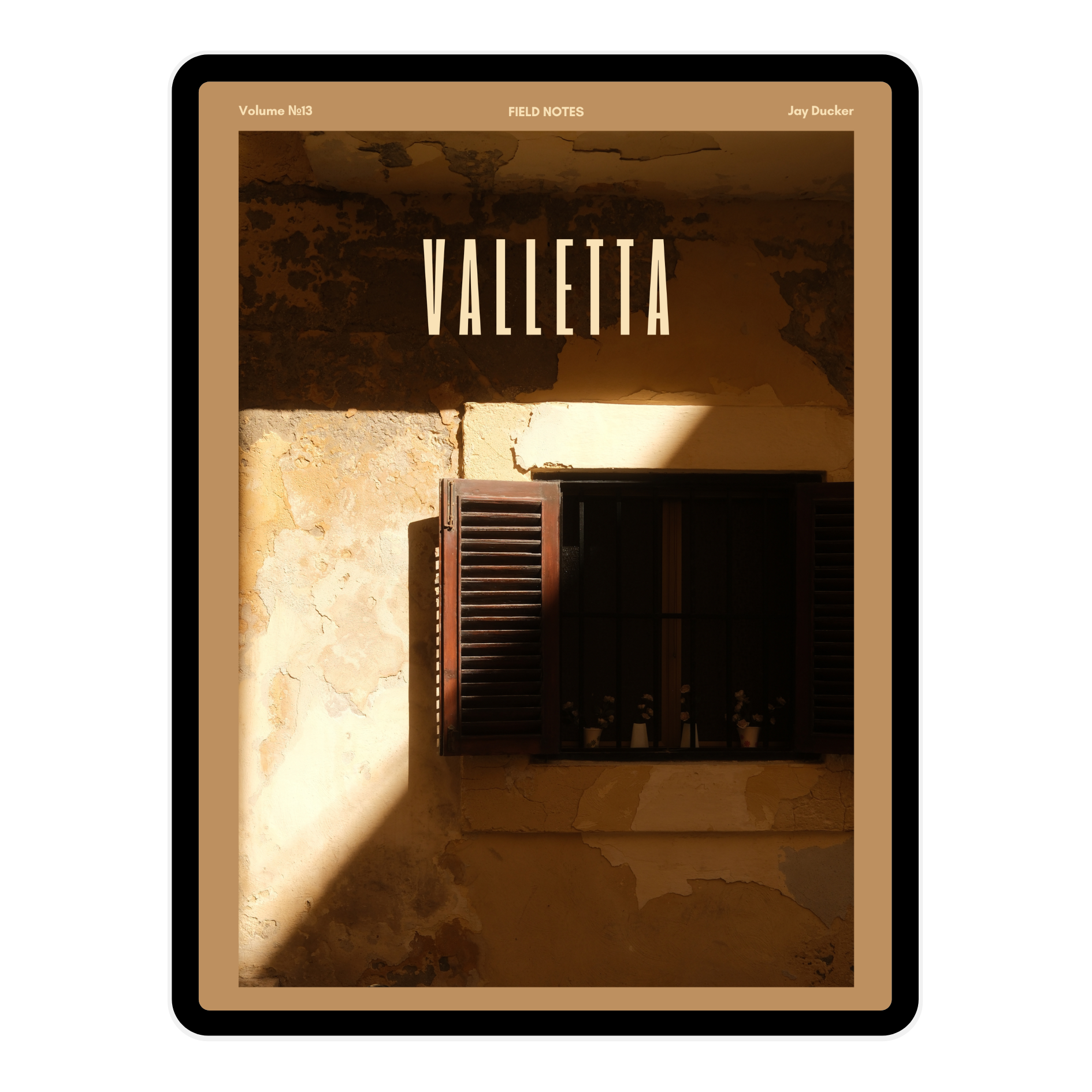Sigma 18-35mm f/1.8 vs Fuji 16-55mm f/2.8: Battle of the Workhorse!
When it comes to choosing the right lens for your Fujifilm X-series camera, two options stand out: the Sigma 18-35mm f/1.8 and the Fujifilm 16-55mm f/2.8. Both are fantastic lenses, but which one is the better fit for your needs? Let's dive into a detailed comparison to help you decide.
Pricing: Fuji Takes the Lead
The Fuji 16-55mm f/2.8 will set you back around $980 brand new, while the Sigma 18-35mm f/1.8 costs approximately $867. However, if you're using a Fujifilm system, you’ll need an adapter, such as the Fringer EF-FX Pro II, which costs around $377. That brings the total cost of the Sigma to around $1,244, making the Fuji the more affordable option.
Winner: Fuji 16-55mm f/2.8
Size & Weight: Fuji is More Travel-Friendly
Both lenses are hefty, but the Sigma is significantly larger and heavier:
Sigma 18-35mm f/1.8: 810g (without adapter) + 130g (adapter) = 940g total
Fuji 16-55mm f/2.8: 657g
The Sigma is bulkier, especially when paired with the necessary adapter. If portability is a concern, the Fuji is the better choice.
Winner: Fuji 16-55mm f/2.8
Build Quality: Fuji Wins with Full Metal and Weather Sealing
Sigma 18-35mm f/1.8: Made from thermally stable composite plastic, giving it a premium feel but no weather sealing.
Fuji 16-55mm f/2.8: Fully metal build with weather resistance, making it more durable in tough conditions.
Winner: Fuji 16-55mm f/2.8
Autofocus: Fuji is Faster and Quieter
The Fuji 16-55mm f/2.8 features fast and silent linear motors, making autofocus quick and reliable.
The Sigma 18-35mm f/1.8 tends to hunt more, which could be due to it not being a native Fuji lens. It’s also noticeably noisier.
Winner: Fuji 16-55mm f/2.8
Manual Focusing: Sigma Has the Advantage
The Sigma 18-35mm f/1.8 features a mechanical focus system with a larger, smoother focus ring, offering better manual control.
The Fuji 16-55mm f/2.8 uses focus-by-wire, which can feel less precise.
For videographers and manual focus enthusiasts, the Sigma takes this round.
Winner: Sigma 18-35mm f/1.8
Focal Length: Fuji Offers More Versatility
Sigma 18-35mm (APS-C): Equivalent to 28-50mm on full-frame.
Fuji 16-55mm (APS-C): Equivalent to 24-83mm on full-frame.
The Fuji covers a much wider focal range, making it a more flexible option for photography.
Winner: Fuji 16-55mm f/2.8
Low Light Performance: Sigma Excels
Sigma 18-35mm f/1.8: f/1.8 aperture lets in more light, making it the superior choice for low-light shooting.
Fuji 16-55mm f/2.8: f/2.8 aperture is great, but not as bright as the Sigma.
For low-light and night photography, the Sigma is the better option.
Winner: Sigma 18-35mm f/1.8
Stabilisation: Neither Has OIS, But Weight Helps
Neither lens has optical image stabilisation (OIS), but the added weight of both lenses helps stabilise handheld footage. If you're using a Fuji X-H2S, in-body stabilisation compensates for the lack of OIS.
Winner: Draw
Photography: Fuji is the Clear Winner
The Fuji 16-55mm f/2.8 is often referred to as a “bag of primes” due to its outstanding sharpness, contrast, and focal range. Autofocus is also more reliable, making it the better choice for stills.
Winner: Fuji 16-55mm f/2.8
Videography: Sigma Excels for Manual Focus & Low Light
For video shooters, the Sigma 18-35mm f/1.8 is a top choice due to:
f/1.8 aperture for better low-light performance.
Smoother manual focus control.
Consistent internal zoom, reducing focus breathing.
Winner: Sigma 18-35mm f/1.8
Which One Should You Choose?
For photographers: Go with the Fuji 16-55mm f/2.8. It offers superior image quality, versatility, and autofocus performance.
For videographers: The Sigma 18-35mm f/1.8 is a better choice due to its f/1.8 aperture and superior manual focus.
For hybrid shooters: If you do both photography and video, the Fuji 16-55mm f/2.8 is the better all-rounder, especially for travel due to its lighter weight and weather sealing.
Final Thoughts
Both lenses are fantastic, but your choice depends on your shooting style. As a travel photographer, I lean towards the Fuji 16-55mm due to its lighter build, versatility, and weather sealing. However, for dedicated video work, the Sigma 18-35mm f/1.8 remains a powerhouse.
Help support this ad-free blog by checking out my products below
*This post contains affiliate links and I will be compensated if you make a purchase after clicking through my links.
As an Amazon Associate I earn from qualifying purchases


















